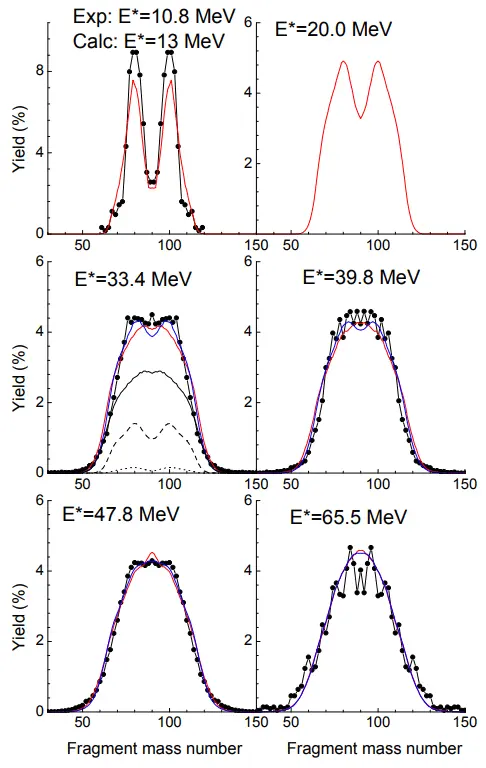2025-06-12 京都大学

磁場による二次元半導体中の欠陥からの発光増大と単一光子発生の模式図
<関連情報>
- https://www.kyoto-u.ac.jp/ja/research-news/2025-06-12-3
- https://www.kyoto-u.ac.jp/sites/default/files/2025-06/web_2506_Matuda-e498a06f7c681669b4c38a54277952fd.pdf
- https://www.science.org/doi/10.1126/sciadv.adr5562
単層二次元半導体における欠陥局在励起子発光の磁気増白とそのダイナミクス Magnetic brightening and its dynamics of defect-localized exciton emission in monolayer two-dimensional semiconductor
Yubei Xiang, Keisuke Shinokita, Kenji Watanabe, Takashi Taniguchi, and Kazunari Matsuda
Science Advances Published:4 Jun 2025
DOI:https://doi.org/10.1126/sciadv.adr5562
Abstract
Quantum light sources, especially single-photon emitters, are crucial for advancing quantum technologies. Despite extensive research, the behavior of defect-localized excitons in monolayer WSe2 under external perturbations, such as magnetic fields, remain underexplored. This study investigates the nature and dynamics of defect-localized excitons under in-plane magnetic fields using steady-state and time-resolved photoluminescence (PL) spectroscopy. Observations reveal a sharp PL peak, indicative of single-photon emission, with doublet peaks from hybridized spin–state excitons. Notably, magnetic brightening of the PL peak was detected at a low magnetic field (<1 tesla), and the dynamics of hybridized-state excitons under magnetic fields indicated field-induced state mixing, explaining the magnetic brightening. These findings advance tunable single-photon emitters controlled by magnetic fields, with implications for quantum optics applications.



